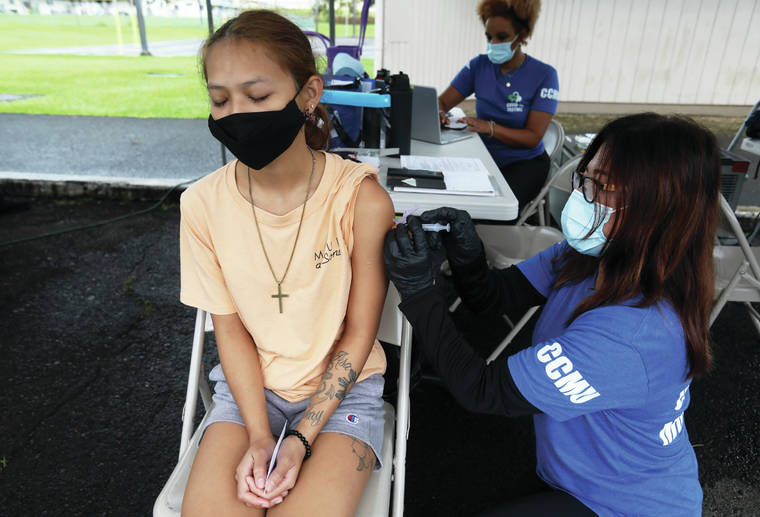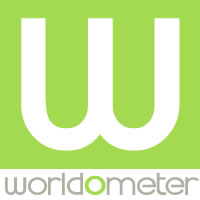Bruddah IZ
DA
Research Paper
A country level analysis measuring the impact of government actions, country preparedness and socioeconomic factors on COVID-19 mortality and related health outcomes
Rabail Chaudhrya , George Dranitsarisb , Talha Mubashirc , Justyna Bartoszkoa , Sheila Riazia, * a Department of Anesthesiology and Pain Medicine, University of Toronto, University Health Network, 323-200 Elizabeth Street, Toronto, ON M5G 2C4, Canada b Department of Hematology, School of Medicine, University of Ioannina, Ioannina 451 10 Greece c Department of Anesthesiology, McGovern Medical School, University of Texas Health Science Center at Houston (UT Health), 7000 Fannin St, Houston, TX 77030, United States
When COVID-19 mortality was assessed, variables significantly associated with an increased death rate per million were population prevalence of obesity and per capita GDP (Table 4). In contrast, variables that was negatively associated with increased COVID-19 mortality were reduced income dispersion within the nation, smoking prevalence, and the number of nurses per million population (Table 4). Indeed, more nurses within a given health care system was associated with reduced mortality (Fig. 1). Mortality rates were also higher in those counties with an older population upon univariate analysis, but age as a factor was not retained in multivariable analysis (Fig. 2). Lastly, government actions such as border closures, full lockdowns, and a high rate of COVID-19 testing were not associated with statistically significant reductions in the number of critical cases or overall mortality.
A country level analysis measuring the impact of government actions, country preparedness and socioeconomic factors on COVID-19 mortality and related health outcomes
Rabail Chaudhrya , George Dranitsarisb , Talha Mubashirc , Justyna Bartoszkoa , Sheila Riazia, * a Department of Anesthesiology and Pain Medicine, University of Toronto, University Health Network, 323-200 Elizabeth Street, Toronto, ON M5G 2C4, Canada b Department of Hematology, School of Medicine, University of Ioannina, Ioannina 451 10 Greece c Department of Anesthesiology, McGovern Medical School, University of Texas Health Science Center at Houston (UT Health), 7000 Fannin St, Houston, TX 77030, United States
When COVID-19 mortality was assessed, variables significantly associated with an increased death rate per million were population prevalence of obesity and per capita GDP (Table 4). In contrast, variables that was negatively associated with increased COVID-19 mortality were reduced income dispersion within the nation, smoking prevalence, and the number of nurses per million population (Table 4). Indeed, more nurses within a given health care system was associated with reduced mortality (Fig. 1). Mortality rates were also higher in those counties with an older population upon univariate analysis, but age as a factor was not retained in multivariable analysis (Fig. 2). Lastly, government actions such as border closures, full lockdowns, and a high rate of COVID-19 testing were not associated with statistically significant reductions in the number of critical cases or overall mortality.





